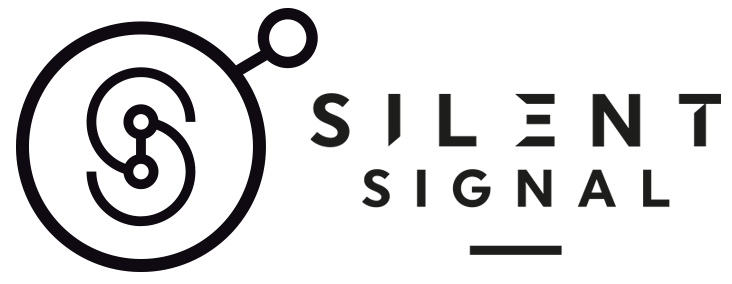Ellie Land describes the process of developing Sleepless with Professor Peter Oliver.
What has been your experience of working on art & science projects or working with
scientists previously?
I have previously made an animated film about labiaplasty, Centrefold, which commented on the social, cultural and ethical implications of this surgery in the UK. I worked closely with a gynaecologist and psychologist, who have current practice and research interests in that area. Centrefold featured the voices of three women who had undergone labia surgery and used animated visuals to represent their story and some of the key findings in the research. The two main challenges in making the film were to ensure that the film gave a balanced opinion regarding the surgery in order to present different sides of the argument. Ethical rigour was applied throughout the process, from recruiting participants to representing their voices and experiences in the film.
The film has been screened internationally at film and animation festivals and has been used at numerous events designed to encourage debate, including a screening and panel discussion at the British Science Festival and a conference held by the Austrian Government in Vienna called Women:Bodies:Politics.
How are you choosing to respond to your scientific collaborator’s research? What methods
are you using to make sense of their science?
I have been experimenting with collage techniques in Photoshop to link some of the visual themes together that are arising from the research in an attempt to establish and develop a visual language for the film.
I am developing strategies for working with the synchronisation and de-synchronisation of image and sound. This is in response to mechanisms associated with de-synchronisation in circadian biology, which uses a 24 hour time frame. I aim to experiment with live action filmed at 24 frames per second and manually delete or expand frames so that sound and image become out of sync with each other. The sequence could then be rotoscoped or cut up and re-combined within a collage inspired composition.
I have been collating facts from the research and creating mini-structures that tell the story of the research, predominantly communicating how the research will positively impact on human health. One of the challenges the artist faces is to distill a vast amount of knowledge into a 3 minute animated piece, without compromising the quality and integrity of the research.
I have been making links between core ideas in the science and other examples of artists work, for example when thinking about rhythms in circadian biology I referenced the primitive drumming and drawing in the work of Len Lye’s film Free Radicals.
How did you first approach responding to the brief with Dr Oliver? And how have you
found the process of working with him so far?
At first I asked the scientist Peter Oliver a lot of questions about his research, particularly focusing on how his research is applied in the wider world. It was the links to mental health that particularly interested me as I could clearly see a potential real world application for his research, and I thought this would also appeal to a wider audience.
The process of working with Peter is going really well, because the discussions are explorative and questioning. I find this stimulating and fruitful as the process is not restricted by the final output. As Peter is a musician, has some great ideas for sound, which adds another layer to the discussion, and which then feeds back into the visuals and research.
What were your expectations when you were first invited to be part of the project? Have
your expectations changed at all during the development process?
At the early meeting with other scientists, I found some of the science and research harder to engage with than I had expected! I think this is because of the scale and depth of specialist knowledge required in some scientists’ work.
What has been the most interesting science fact you’ve discovered so far?
Not really a fact but more of intrigue, Peter’s science and experiments are very new, so this project is referencing the cutting edge of sleep science, which is exciting!
December 2013

